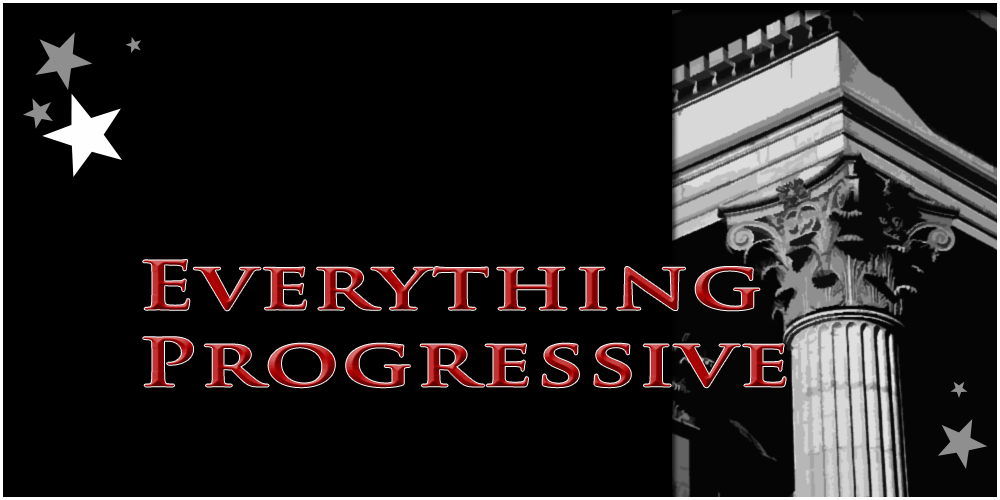Make: Learn Electronics With Arduino
An Illustrated Beginner's Guide to Physical Computing
by Jody Culkin and Eric Hagan
An Arduino is a small, inexpensive, but surprisingly functional computer. As such, it is well-positioned to bring computer literacy, including an understanding of computer programming, to a world that desperately needs that understanding. Moreover, there is a very large community of users who support this technology, with the consequence that there is a whole universe of exciting resources available for the interested beginner in computing.
Many introductions to the use of the Arduino are available, but all have had two serious flaws, common to authors (and teachers): first, their authors have forgotten all of the many stumbling blocks to acquiring computer literacy; and second, all have overlooked the opportunity to teach the technology that underlies all computing: electronics.
Now, an understanding of electronics may be thought an irrelevancy when teaching computing is, by itself, already a daunting task. While the author (a former technology teacher) well understands this perspective, understanding the elements of electronics is ultimately indispensable for everyone in the modern world. Many individuals are now learning computing through taking a couse in A+ at a local technical school, with a view to preparing for a career in the field. Many such careers will involve troubleshooting issues, and electronic failure is always one significant possibility. These individuals are in even greater need of a basic understanding of electronics than most.
With Learn Electronics with Arduino, the authors have provided the ideal first introduction to both fields for anyone and everyone with an interest in either electronics or computing.
One of the key aims at this web site is solving the world's worst worst and most urgent problems. This book is, in effect, one of the essential on-ramps to achieving that aim. This is not only because it serves as an introduction to both fields, it is also because it aims squarely at helping the reader to achieve an understanding of physical computing - which is a whole different world from, say, using computers to do financial calculations, or using electronics to construct a better coffee pot. Physical computing makes the leap from computing and electronics in the abstract to achieving interaction and outcomes in the real world, one of the things we most need to do to solve the world's problems.
It is especially useful for those trying to learn electronics or computing at home, without teachers or other resources that are provided at schools, because it assumes that the reader has no understanding, at all, of either subject, and takes nothing for granted. Everything is spelled out, there are many illustrations, and any intelligent reader can overcome all of the initial hurdles.
And, since this is a "Make" book, there are highly useful projects to construct inexpensively.
Whether you ultimately want to pursue a career, enjoy a fascinating hobby, or do your part in resolving our many crises, this is your starting point.
Will this book make you a computing or electronics whiz, all by itself? No, you'll need to continue with other resources to achieve real "whizardry," but this is the place to begin your journey.
And if you want to continue that journey, we provide all of those resources elsewhere at this site.



